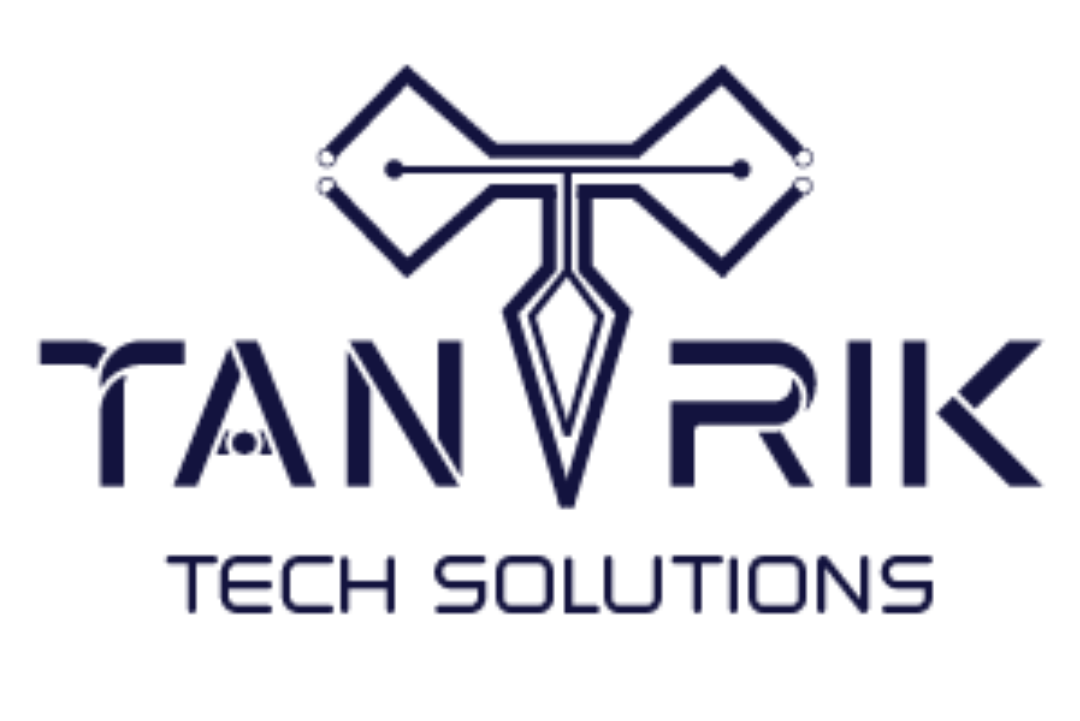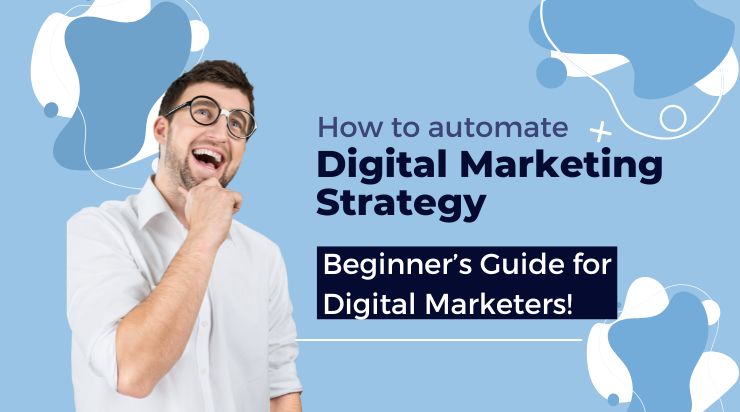Managing multiple marketing channels, gathering analytics, and personalizing customer experiences can quickly become overwhelming. This is where marketing automation steps in—offering a streamlined solution to handle repetitive tasks, deliver personalized experiences, and ultimately drive more revenue with less manual effort.
As a professional marketing automation specialist, I’ve worked with many businesses looking to streamline their digital marketing processes. Tools like Zapier, Make, and Pabbly have been real game-changers. They help you connect apps and automate repetitive tasks so you can focus on what really matters: growing your business.
Let’s dive into how you can automate your digital marketing process and why it’s so effective.
What is Marketing Automation?
Simply put, marketing automation is the use of software to perform tasks like sending emails, managing social media, or tracking leads automatically. The goal? To save time, increase efficiency, and improve customer engagement. It allows businesses to run smoothly without requiring someone to handle every task manually.
Why Automate Digital Marketing?
Digital marketing is full of routine tasks, from posting on social media to sending follow-up emails or nurturing leads. By automating these processes, you can:
- Save time and effort.
- Respond faster to customer inquiries.
- Streamline your workflows.
- Ensure consistency in your marketing campaigns.
Now let’s talk about how you can actually set up this automation. I’ll share a few tools and examples.
Tools to Automate Your Marketing
1. Zapier
Zapier is one of my go-to tools for marketing automation. It lets you connect different apps together and automate workflows, known as “Zaps.” For example, you can connect your CRM (like HubSpot) to your email marketing tool or automatically add new leads from social media into your CRM.
2. Make (formerly Integromat)
Make is another powerful automation tool that allows more complex workflows. You can create multi-step automations with Make to save even more time. It’s great if you’re looking to automate detailed processes across multiple platforms.
3. Pabbly Connect
Pabbly Connect is similar to Zapier and Make but is often more affordable for businesses. It allows you to automate tasks between apps without needing to write any code. This tool is ideal for small businesses looking to automate on a budget.
Example 1: Automating Lead Generation from Social Media
Let’s say you’re running ads on Facebook, and people fill out a form to learn more about your product or service. Instead of manually adding those leads to your CRM, you can use Zapier to automate this process.
Here’s how:
- Create a Zap in Zapier.
- Choose Facebook Lead Ads as the trigger (the app where the data comes from).
- Connect it to your CRM, such as HubSpot.
- Every time someone fills out a form on Facebook, their information is automatically sent to HubSpot as a new lead.
- You can also set up an automatic email follow-up through HubSpot to engage with that lead immediately.
This saves time and ensures no leads slip through the cracks.
Example 2: Connecting HubSpot to Everything
HubSpot is one of the most popular CRM tools out there, and the good news is it integrates with almost everything through tools like Zapier, Make, or Pabbly. You can connect HubSpot to:
- Google Sheets: Automatically update a spreadsheet with new leads or deal information.
- Slack: Send instant notifications to your team when a lead fills out a form.
- Mailchimp: Add new HubSpot contacts directly to an email campaign list in Mailchimp.
- Calendly: Schedule meetings with leads directly through HubSpot and update your calendar.
By connecting HubSpot to these tools, you ensure your team stays organized, and no important lead data gets lost.
Example 3: Automating Email Marketing with Pabbly
Email marketing is one of the most effective ways to engage with leads and customers. You can use Pabbly Connect to automate emails based on triggers, such as a new purchase or a website visit.
For example, if a customer buys a product from your e-commerce store, Pabbly can automatically send them a follow-up email, thanking them for their purchase and suggesting other related products. This keeps your brand top-of-mind without you having to manually send emails.
Example 4: Posting on Social Media Automatically
Managing multiple social media accounts can be exhausting. By using Make, you can set up automations to post on Facebook, Instagram, and LinkedIn all at once.
Here’s how you can do it:
- Choose the trigger (e.g., a new blog post).
- Create an automation that pulls content from your blog and posts it on all your social media platforms.
- Schedule posts for specific times to ensure consistency in your social media presence.
This helps keep your social channels active without needing someone to constantly manage them.
Example 5: Automating Customer Support Responses
Automating customer support can improve your response time and keep customers happy. You can integrate HubSpot with Zendesk or other support tools using Zapier. For instance:
- When a customer fills out a form on your website, their details are automatically added to your support ticketing system.
- You can send an automated acknowledgment email letting them know their issue is being handled.
This helps ensure no customer support request goes unnoticed and boosts satisfaction.
Example 6: Automatically Sending Reports to Clients
If you’re an agency or service provider, you probably spend a lot of time preparing reports for clients. Using Zapier, you can automate this too.
For instance, connect Google Analytics to Google Drive and set up a Zap that automatically sends a report to your client’s email every month. This saves time and keeps your clients informed.
Why You Should Start Automating Now
The best part about using tools like Zapier, Make, and Pabbly is that they’re easy to use and don’t require any coding skills. Whether you’re automating lead generation, email marketing, or customer support, you can significantly reduce manual tasks and free up more time to grow your business.
Marketing automation isn’t just about saving time; it’s about creating smoother, more consistent workflows that improve customer experiences and business outcomes. And the more you automate, the more you can focus on high-level strategies that drive real results.
So, if you haven’t started automating your digital marketing, now’s the time! Start with small steps, like automating your lead generation or social media posting, and watch your productivity soar.
Let me know if you need help setting up your automations, and I’ll be happy to guide you through the process! You can contact us via this form.




